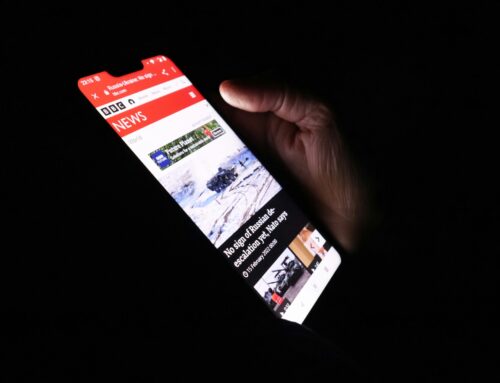
Do you have a hard time getting strategic direction for your communications work out of your management team?
Don’t worry – you aren’t alone. It’s a common predicament for communications staff. Your executive director or management team may be too busy to focus on it, or might not understand communications strategy themselves.
But that guidance is essential to creating a logical communications strategy. Logical in the L in CALM.
Here’s one way to get some on the sly: Ask your executive director or co-workers to slice up a pie.
Bring a sheet of paper with a big circle on it into a meeting. Here, I made a blank one for you to print. There’s plenty of room at the top for you to name this pie and even some of the potential pie slices if you want to.
Ask the person to take their pen and slice up the pie for you. How they slice it indicates how they feel about the relative importance of each slice – and that’s the start of a strategic conversation about priorities.
Let’s look at how this could work.
Are you supposed to reach “everyone” with your communications? Ha, ha, ha, right? If that’s the case, you can probably rattle off 5-10 segments, like current donors, prospective donors, current clients of your services, prospective clients, volunteers, people who care about your issues, community influencers and leaders, the media, other partner and peer organizations, older people, younger people, and on and on.
Name your pie “Who Should Get the Most Attention in Our Communications” or “Who Our Communications Are Really For” or something like that.
Let them go at it, or you can provide some direction by narrowing down the number of slices they are working with by listing those above the circle. Ask the person to divide the pie among those slices based on how much time or attention they think you should be devoting to those target audiences.
You could also ask a group of people to do this individually and then compare their answers to see the level of consensus you have.
One of four things will most likely happen.
- Some of the slices will be bigger than others. Yay! That demonstrates some sense of priority. Now you can discuss the implications of that. How does this match the current reality? What would it take to really make those pie slices bigger in practice? What does it mean to make those other slices smaller?
- All the slices will be the same size, and they may even try to cram in additional slices. This is your opportunity to point out that this approach spreads your attention too thin, making it difficult for you to make any real progress with any one segment. You can do a mediocre job at lots of things, a decent job at a handful of things, or an amazing job at one thing. That’s not a value judgment about which to choose – but you do need to choose. Maybe “mediocre on lots of things” is the way you need to go! But make sure that’s a conscious choice, not just a default.
- They will try to change the assignment to something else. This might be just fine, if you see how it provides direction and priorities for your work. If it’s distracting from that, try to refocus on the original pie.
- They will refuse to slice the pie. I would take this as a sign that they are delegating decisionmaking to you. Do what you think is right until they tell you that you are wrong, and are willing to discuss it with you.
Here are several different pies you can ask people to slice for you that should lead to strategic conversations about priorities:
- Which goals should get the most attention from communications staff? For example, how do fundraising, community engagement, brand building compare? Here are 12 potential goals for nonprofit communications teams.
- Which target audiences should get the most attention in our communications?
- Which programs or issues should get the most attention in our communications?
- Which communications channels should get the most time from communications staff?
- Where and how should we spend our communications budget?
- What’s the right balance of original content versus repurposed content or content curated from others?
In the absence of communications leadership, I believe it’s entirely appropriate to lead yourself. Go for it. But that doesn’t mean you should give up trying to get some sort of direction. Bring in the paper pie, and maybe some real pie too, to sweeten the conversation.
If you try this exercise, let us know how it worked in the comments!






